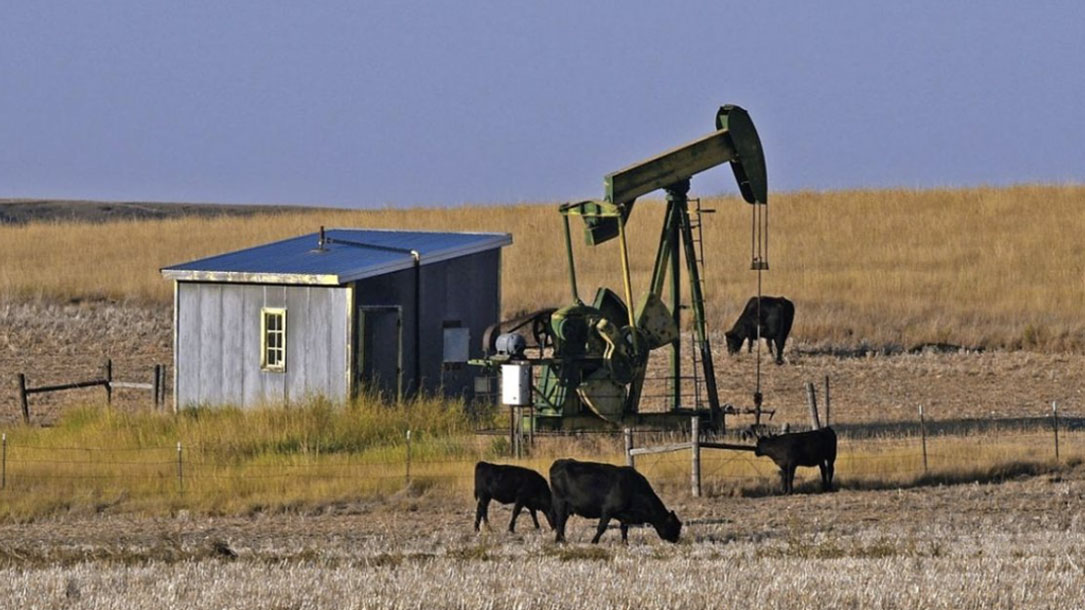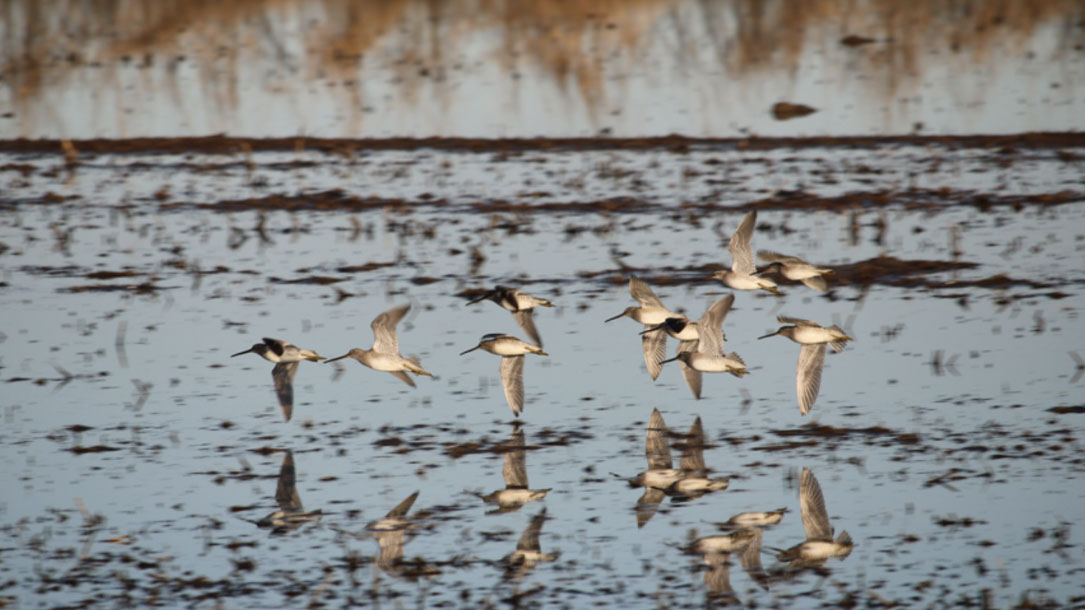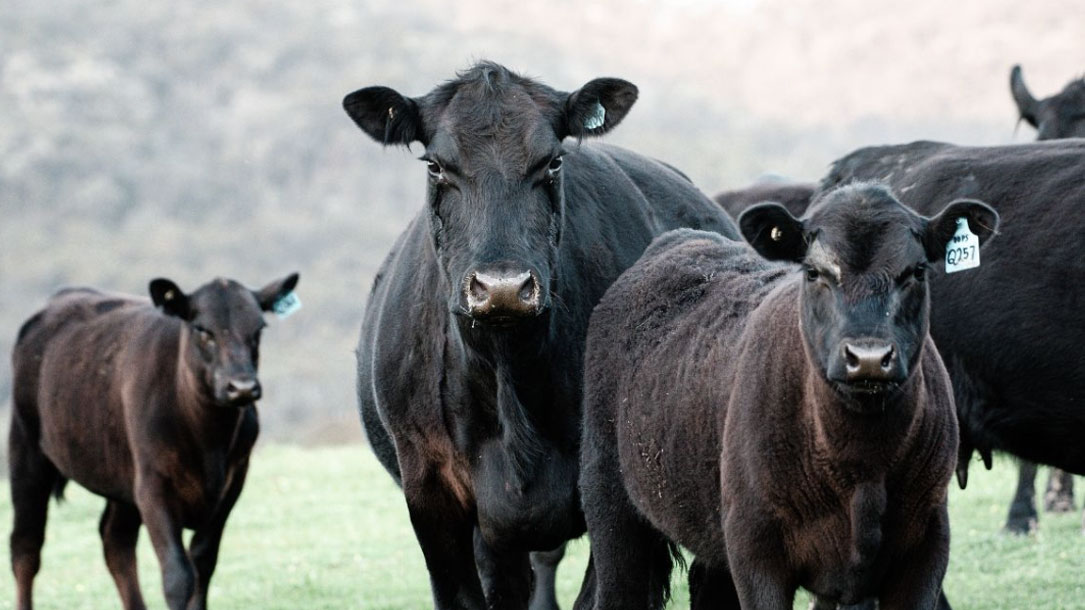Home > Climate News >

Keeping cattle on the move and carbon in the soil
The Obrechts stand at the forefront of an emerging collaboration between ranchers, conservation groups, and governmental agencies that aims to protect, restore, and revitalize the United States and Canada’s prairies — or what’s left of them…
Researchers estimate that grasslands could contain as much as 30 percent of the carbon stored in the Earth’s soil. Plowing them in order to plant crops releases large amounts of that carbon into the atmosphere…

How fast the Carbon Clock is ticking
We know we will need nature-based solutions and renewables to slow down climate change in a timely manner. We also know that ground-mounted renewables can work as partners with farmers if designed appropriately.
So, what’s a climate budget?
It’s related to how fast the Carbon Clock is ticking: how much CO2 can be released into the atmosphere to limit global warming to a maximum of 1.5°C and 2°C, respectively…

Inflation Reduction Act has implications for tax-exempt entities
The Inflation Reduction Act (H.R. 5376) (the Act), signed into law on August 16, 2022, contains provisions affecting tax-exempt entities, including: a 15% corporate alternative minimum tax (CAMT) based on adjusted financial statement income (AFSI) for corporations with profits exceeding $1 billion ($1 billion of unrelated business taxable income (UBTI) for tax-exempt corporations); tax credit opportunities under new IRC Section 6417 to encourage investment in clean energy; expanded incentives for energy-efficient construction by tax-exempt entities; and increased IRS funding to improve IRS enforcement and taxpayer compliance.

Solar, haying, and owning the solar array
Converting arable land to energy production undermines the future of farming. But innovators like Nate know it doesn’t have to be one or the other – if done right, solar can be leveraged to support farmers, rather than threaten them.
Seeing the Massachusetts SMART program as an opportunity for revenue diversification and farmland preservation, Nate pioneered a plan to own both the solar system and the land underneath. Million Little Sunbeams does not involve a lease to a solar developer but instead was designed to allow the Tassinari family to sell the excess energy to the surrounding community — a win for the family farm that has allowed it to stay in operation…

As Congress funds high-tech climate solutions, it also bets on a low-tech one: nature
[B]eyond those headline-making investments, the legislation acknowledges a less-heralded but essential part of the effort to combat climate change: nature. Or, more precisely, that given a chance, nature can be a profound ally in the fight against climate change…

Next Generation Weather Radar (NEXRAD)
Scientists analyzed 23 years of bird migration data collected via NOAA’s Next Generation Radar system — a network of 143 radar stations across the continental U.S. — to determine the variability in the birds’ arrival times each spring.
The Next Generation Weather Radar (NEXRAD) system is a network of 160 high-resolution S-band Doppler weather radars jointly operated by the National Weather Service (NWS), the Federal Aviation Administration (FAA), and the U.S. Air Force. The NEXRAD system detects precipitation and wind, and its data can be processed to map precipitation patterns and movement. NCEI provides access to archived NEXRAD Level-II data and Level-III products.

Climate patterns thousands of miles away affect US bird migration
The scientists analyzed 23 years of bird migration data collected via NOAA’s Next Generation Radar system — a network of 143 radar stations across the continental U.S. — to determine the variability in the birds’ arrival times each spring. This is where they made their first discovery: the U.S. could be divided into two regions, east and west, each with a distinct pattern of variability in bird arrival times…

Communicating the human causes of global warming increases public engagement
Importantly, there were no backlash effects among Republicans, and in fact understanding increased among Republicans more than among Democrats, on average. This suggests that when informed about climate change causes, impacts, and solutions, most Americans will update their own climate change beliefs, risk perceptions, and policy support….

Advancing sustainable meat production through policy reform and carbon offset funding
Regenerative Grazing NC is a multi-year, student-led project to increase the adoption of regenerative grazing systems in North Carolina. We believe that regenerative grazing is the key to sustainable meat production in a climate-constrained world. Changing food systems is a tremendously complex undertaking and our community partners are doing amazing work advocating policy, providing extension support, conducting research, and developing robust supply chains to connect producers with consumers.

Regenerative grazing to mitigate climate change
Working with numerous partner organizations, team members from the four major Triangle research universities (Duke, NC Central, NC State, UNC) developed healthy soils policy recommendations for North Carolina, as well as tools to help producers and policy-makers understand the potential of grazing…












